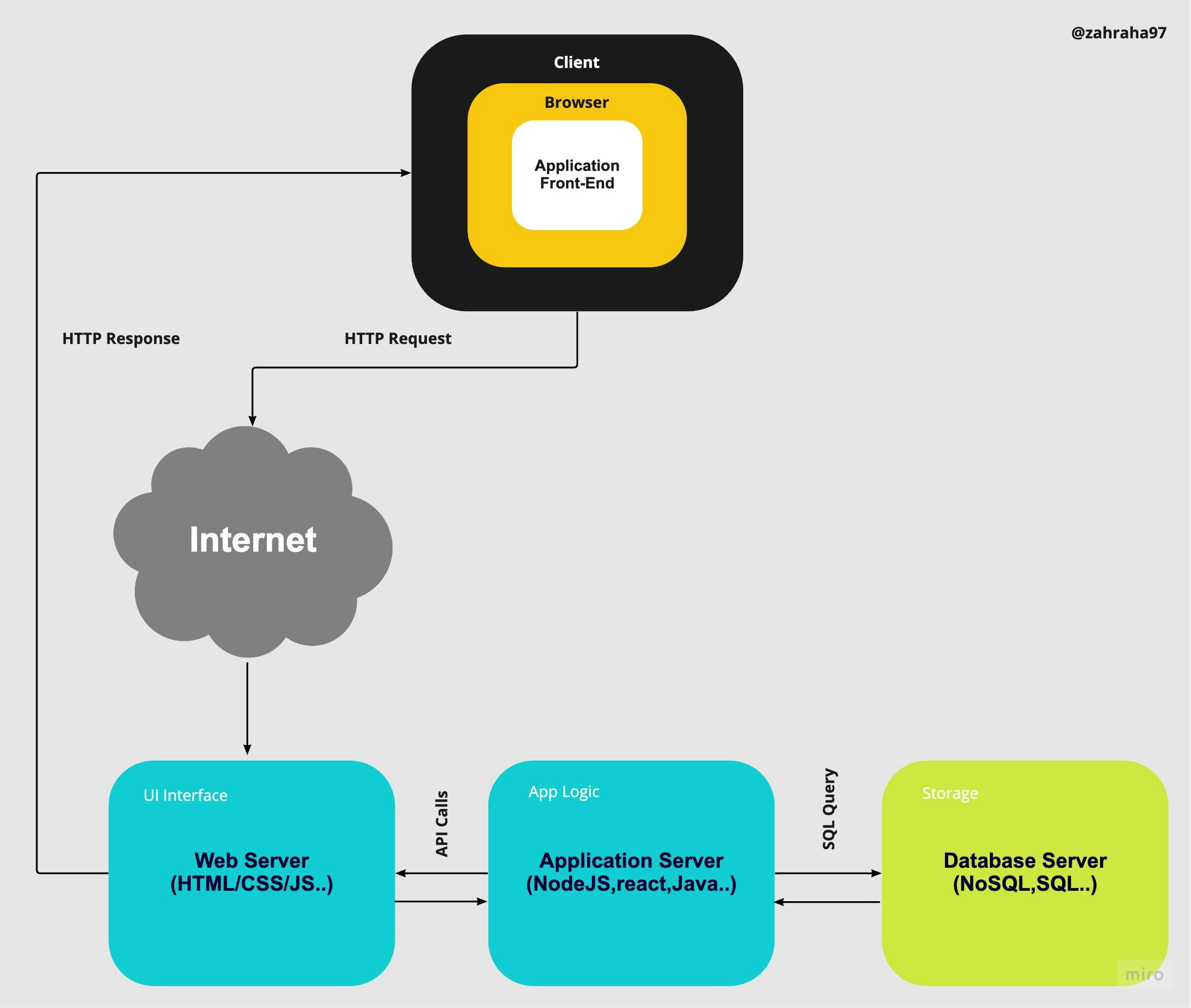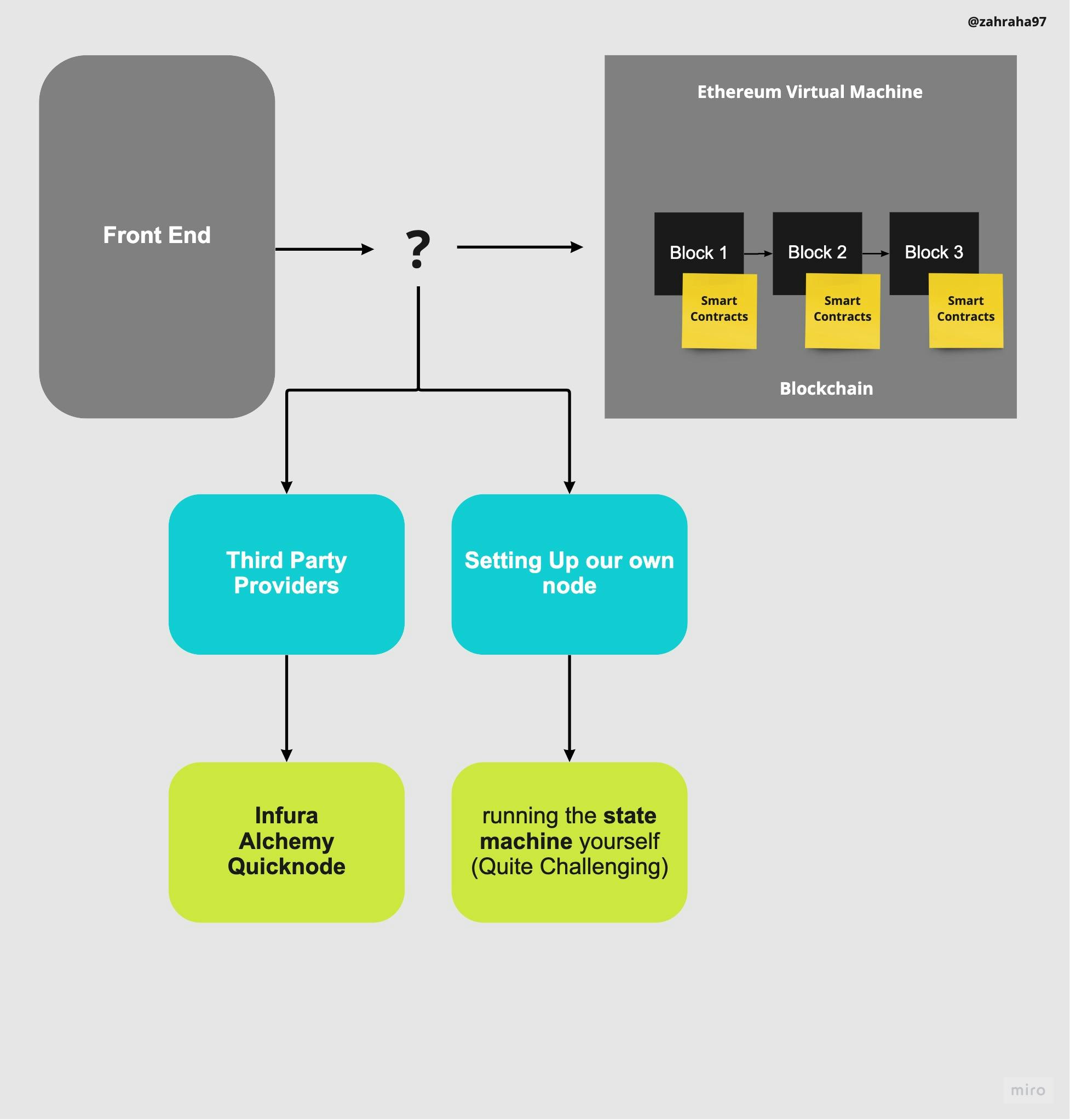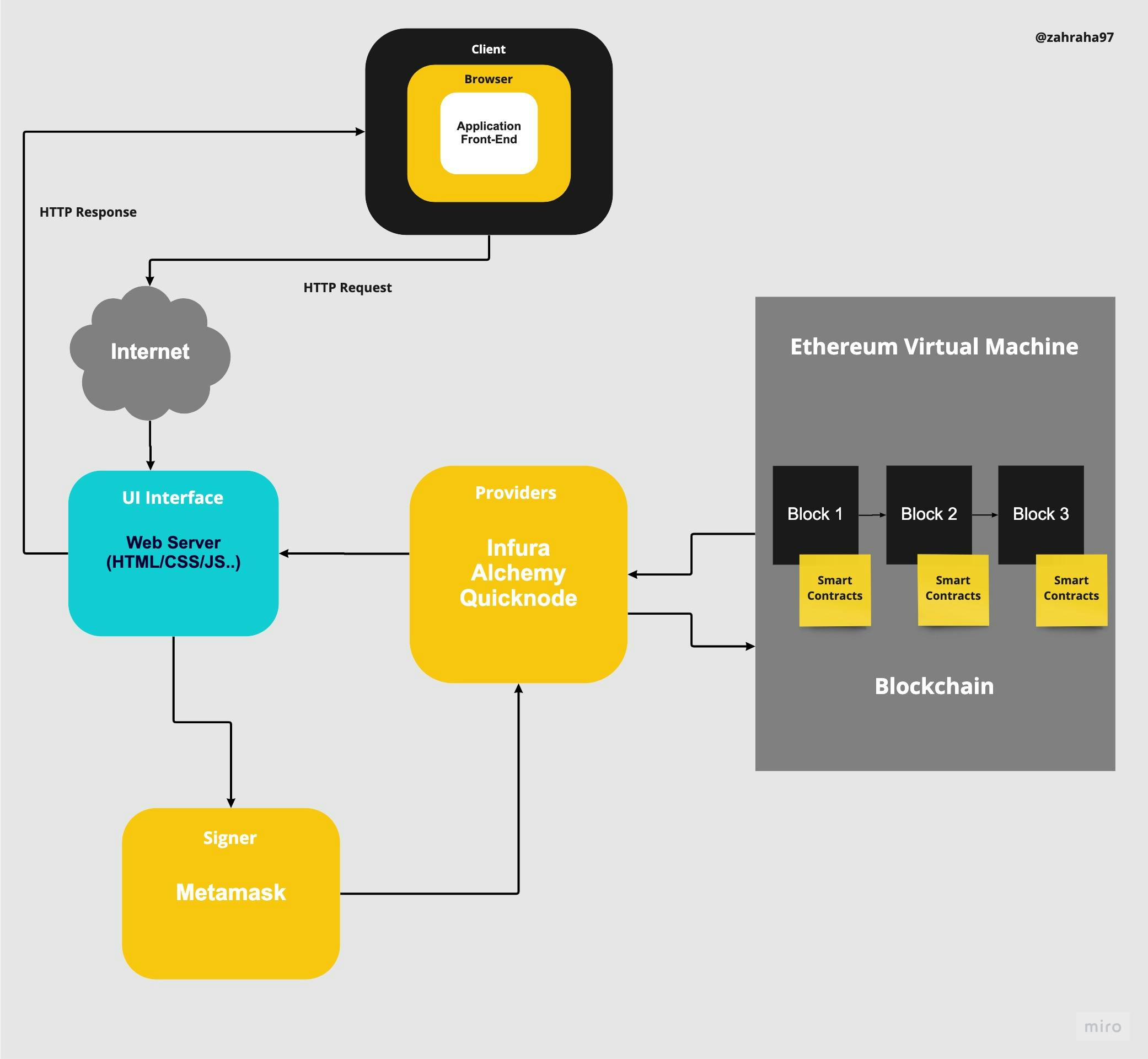In a World Controlled by Tech Giants: How will decentralized applications take the lead?
In terms of purpose, identity, and architecture.
Technology is nothing. What's important is that you have faith in people, that they're basically good and smart, and if you give them tools, they'll do wonderful things with them. - Steve Jobs
The secret behind giants' domination: Trust
Big companies have historically held a monopoly on their industry. The chain of events began when Bill Gates issued a message to his employees in which he instructed them to focus all of the company's energy on a coordinated assault on the web browser market. With Netscape's dominance of that market at 90%, Gates was essentially declaring war on the company. Microsoft rapidly developed its own browser, named it Internet Explorer (IE), and set out to crush the upstart by integrating Explorer into the Windows operating system, making IE the default browser on every PC sold. Microsoft was able to eradicate Netscape completely.
That's a real-world incident that made headlines; many such instances likely went untold, and that's why market leaders tend to grow into multibillion-dollar empires over time. However, it is not always the case that large corporations will target their smaller competitors. The staggering profits made by these mega-corporations may be traced back to the fact that customers are more likely to buy from Amazon than from an online small shop because it's worth it if you can guarantee that your money will not be lost, even if the commission is more.
It's a myth that trust is simply an issue in our personal relationships; in fact, it's a company's most valuable asset. You won't buy from a store if you have any doubts about whether or not you'll receive the goods you ordered. You won't enroll in an online school if you have any doubts about its legitimacy. If you believe that the organization would misuse the funds you donate to them, you are unlikely to give them any. Therefore, everything hinges on this concept of trust. If we are successful in securing this, it will be very beneficial to any business.
Building trust using blockchain technology
A fundamental answer to the trust problems that have long plagued the relationship between businesses and their clients has emerged alongside the evolution of the internet. Small enterprises now have more opportunities than ever to take the lead and retain the necessary level of trust due to decentralized applications developed using blockchain technology.
Purpose
The purpose of the new generation of web apps known as "decentralized applications" is to make all systems more trustworthy, including those involving financial transactions, government procedures, supply chains, and other relationships based on mutual confidence between customers and businesses. It has been suggested that decentralized applications would be the backbone of Web 3.0.
Advantages of building an app using blockchain development services: Security: The solution provided by blockchain technology is the best way to guarantee a trustworthy database of records. In order for a transaction to be recorded in the blockchain, it must first be validated. Afterward, the transaction information is encrypted and linked to the prior one. Rather than storing information on a single server, as is the case with most applications, the data on a blockchain application is distributed throughout a "chain" of networks, making it immune to hacking.
Transparency: The decentralized blockchain app grants each network access to the records, guaranteeing open and honest dealings. Due to the need for consensus among all participating networks before updating any record, data stored on a blockchain is more accurate and consistent. This makes it much easier to evaluate each record, conduct analyses, and safeguard the data. In addition, blockchain technologies make it easy to track an asset's history from its creation through its final disposition.
Time & Cost Efficiency: The blockchain development service simplifies and automates the transaction process, removing the possibility of human error or interference from a third party. The transaction will now go through much more quickly and efficiently thanks to this. Since everyone uses the same ledger, it's simple to eliminate the clutter. In addition, businesses can save money by cutting out costly intermediaries and third-party vendors.
Identity
One of the most powerful assets of decentralized applications is the decentralized identities it maintains for their customers.
The consumer's credentials and information are kept in a "wallet" app. No longer do users need to remember complex passwords in order to gain access to secure online services; instead, they utilize cryptographic keys that cannot be stolen in order to authenticate themselves to businesses and protect the confidentiality of their communications.
Identity documents such as a person's full legal name, date of birth, home address, credit card accounts, place of employment, citizenship status, educational background, and credit history are also stored in these wallets.
There are several trustworthy authorities who have signed off on this document, ensuring its veracity and allowing it to be shared with businesses and individuals. This is known as "self-sovereign identification" since the user decides what information about themselves to disclose and with whom.
Architecture
Web 2.0: Historically, Web 2.0 architecture consists of the most familiar to us components:
frontend: A client-side application that the browser fetches from the host server and renders to the user.
backend: A server-side application. Usually, an application takes over all the heavy logic including managing the database. It is interacting with the client-side through the API and is written using one of the popular backend languages: JAVA, NodeJs, C#, GO, Ruby, and Python.
database: It could be NoSQL or SQL database servers. Basically storing all the client and server data. The most popular databases are Postgresql and Mongo.

Web 3.0: Decentralization is what sets dApp apart from other apps. Distributing the program throughout the network of computers using blockchain eliminates the need for a central database or web server.

In this capacity, the blockchain will perform as a "state machine”, ensuring the continuity and consistency of the program by checking its actions against a set of rules. All nodes in a blockchain network share a copy of the state machine, and any changes to the code are recorded in the distributed ledger through a consensus mechanism.
Smart contracts are used to implement the back-end logic, and these contracts will eventually be distributed to shared state machines (blockchain network). Consequently, the backend is hosted in a P2P network, to which anyone who meets certain criteria can contribute (ex. owning and locking cryptocurrency in order to vote the changes or make a proposal to the program).
So, how does this backend logic work and how do we connect it to the frontend?
The main frontend architecture in the case of dApp is focused on communication with smart contracts (decentralized programs) which is different from the typical frontend-backend communication.
Every node in the blockchain network is carrying the state of the program, and if you want to communicate with the smart contract, you have to communicate with one of the nodes, it could be:
Third-party node providers, like Infura, Alchemy, and Quicknode
Or set up your own node by running the state machine yourself;
To launch the blockchain infrastructure may be quite challenging, especially when you want to scale it to add more nodes.

How do providers manage to communicate with the blockchain nodes?
All service providers are using JSON-RPC standards as a means of interacting with blockchain infrastructures. RPC, which stands for "Remote Procedure Call," is a request-response protocol that specifies the rules by which a client may communicate with a remote machine in order to have a function executed on the latter and return the result to the former. In this kind of connection, the client computer treats the distant computer as if it were local, and the program executes normally. Whether using HTTP or Web Sockets, all interaction is taking place over the Internet.
When providers are connected to the blockchain, the client is able to get information about the state of the blockchain.
But how do clients write to the blockchain network?
All the write request transactions need to be signed with the client's private key. Each transaction will cost a client a gas fee, a cryptocurrency that will go to appreciate other nodes (miners) which verify the transactions.
A provider like Metamask acts as a transaction signer and provider. It connects to the blockchain network and stores the private key there, signing transactions at the request of the client.

Storage in Web 3.0 dApps:
Storing the data in blockchain could be quite costly due to transaction gas fees, and it is more reasonable to use peer-to-peer storage — IPFS or Swarm.
IPFS — is a peer-to-peer file system protocol, that allows you to store data across a network of machines. Without native support from popular browsers, IPFT uses private or public gateways to connect to the network.
Swarm — is similar to IPFT, with the only difference that the system sustains through the smart contracts in the Ethereum blockchain network.
In order to make your frontend decentralized as well, you may use the same peer-to-peer storage solutions. Finally for simplifying querying the data stored in blockchain or peer-to-peer network The Graph. It converts GraphQL queries into smart contract events and peer-to-peer gateways.

IV. Conclusion
Many other tools are being released with the objective of making the blockchain development process easier for newcomers. Whether or not it will be a checkmate move for large tech giants, a new wave is on the rise and it will revolutionize the entire game.
Resources:

